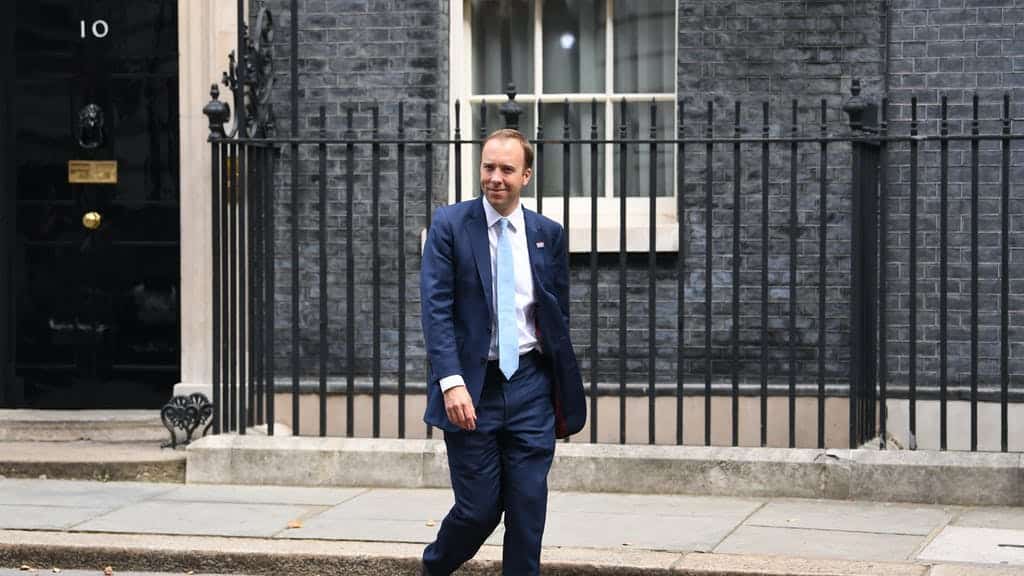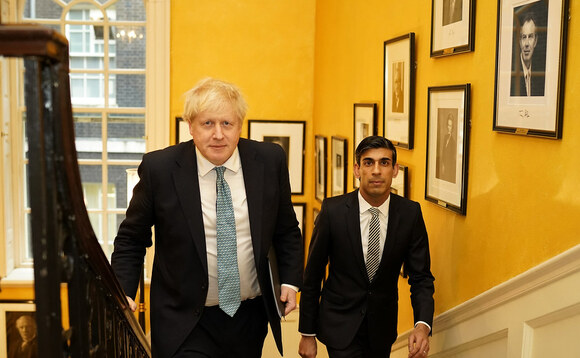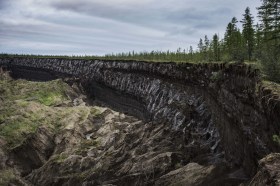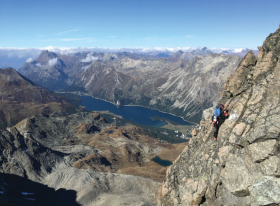'Unsustainable, overwhelming' Covid burden on schools
Ofsted finds school staff 'exhausted' from ‘firefighting’ amid Covid crisis – and that 'last-minute' DfE decisions aren't helping
John Roberts
NOV 9, 2020

Headteachers are facing "unrealistic pressure" as a result of frequently changing and last-minute Department for Education advice on Covid-19, a new Ofsted report warns.
School leaders visited by the watchdog this term described the pressures they faced as "unsustainable" and "overwhelming" and said their school staff were tired or exhausted.
The findings are revealed in Ofsted's latest briefing on how schools are functioning this term following the return to full-time education after the first coronavirus lockdown.
Ofsted chief inspector Amanda Spielman has also warned that covering staff absences and enhancing cleaning regimes are placing financial pressure on school budgets and that school leaders are "firefighting".
The watchdog has published its second briefing report after visits to 380 schools between 29 September and 23 October.
It highlights the impact on school staff this term as they work through the pandemic.
Coronavirus: The impact on teacher workload
The Ofsted report says: "Some leaders noted that, despite the generally high levels of resilience among staff, their staff are tired or exhausted, and that workload had increased."
The report highlights balancing teaching both remotely and face-to face at the same time; supporting pupils who are not in school, "meticulously" applying new safety procedures to prevent Covid-19 from spreading and providing cover for members of staff who are self-isolating as examples of the extra work and pressure faced by school staff.
The report adds: "The pressures on senior leaders – including headteachers – across many schools have also increased. Leaders described these pressures as unsustainable, overwhelming or unrealistic."
In a section on why leaders believe their workload has increased, the report adds: "The messages and guidance in relation to Covid-19 from the Department for Education change frequently. These changes, often described as ‘last-minute’, do not give leaders enough time for re-planning and implementation, which results in ‘unrealistic' pressure falling on leaders."
Ofsted has also published a commentary today from Ms Spielman on the report findings.
"Currently, alongside some interventions such as small-group support, there are more widespread adaptations to the curriculum to focus on core subjects," she writes.
"It’s important that these adaptations are short term and do not slide into a more corrosive, longer-term narrowing of the curriculum. For now, though, school leaders recognised they were ‘firefighting’."
The chief inspector adds: "Budgets, as ever, are clearly on the minds of leaders across education and social care. Covering for staff absences and maintaining enhanced cleaning regimes are budgetary pressures most affecting schools and children’s homes."
James Bowen, director of school leaders’ union the NAHT, said: “School budgets were already incredibly tight.
'Unsustainable' Covid costs
"The government’s refusal to recognise the financial difficulties schools are now facing due to Covid-19 and fully reimburse them for the money they have been required to spend to make schools safe, means that not only is money being taken away from children’s education and wellbeing, it could push some schools over the edge financially."
Geoff Barton, general secretary of the Association of School and College Leaders, said: “The government isn’t doing enough to support schools and colleges to stay open because of its continued refusal to reimburse them for the huge costs involved in managing Covid safety measures and hiring supply cover when staff have to self-isolate.
"These costs are completely unsustainable and the government must act.”
Ofsted is still carrying out "visits" to schools this term but they are being carried out remotely during the national lockdown.
John Roberts is North of England reporter for Tes










